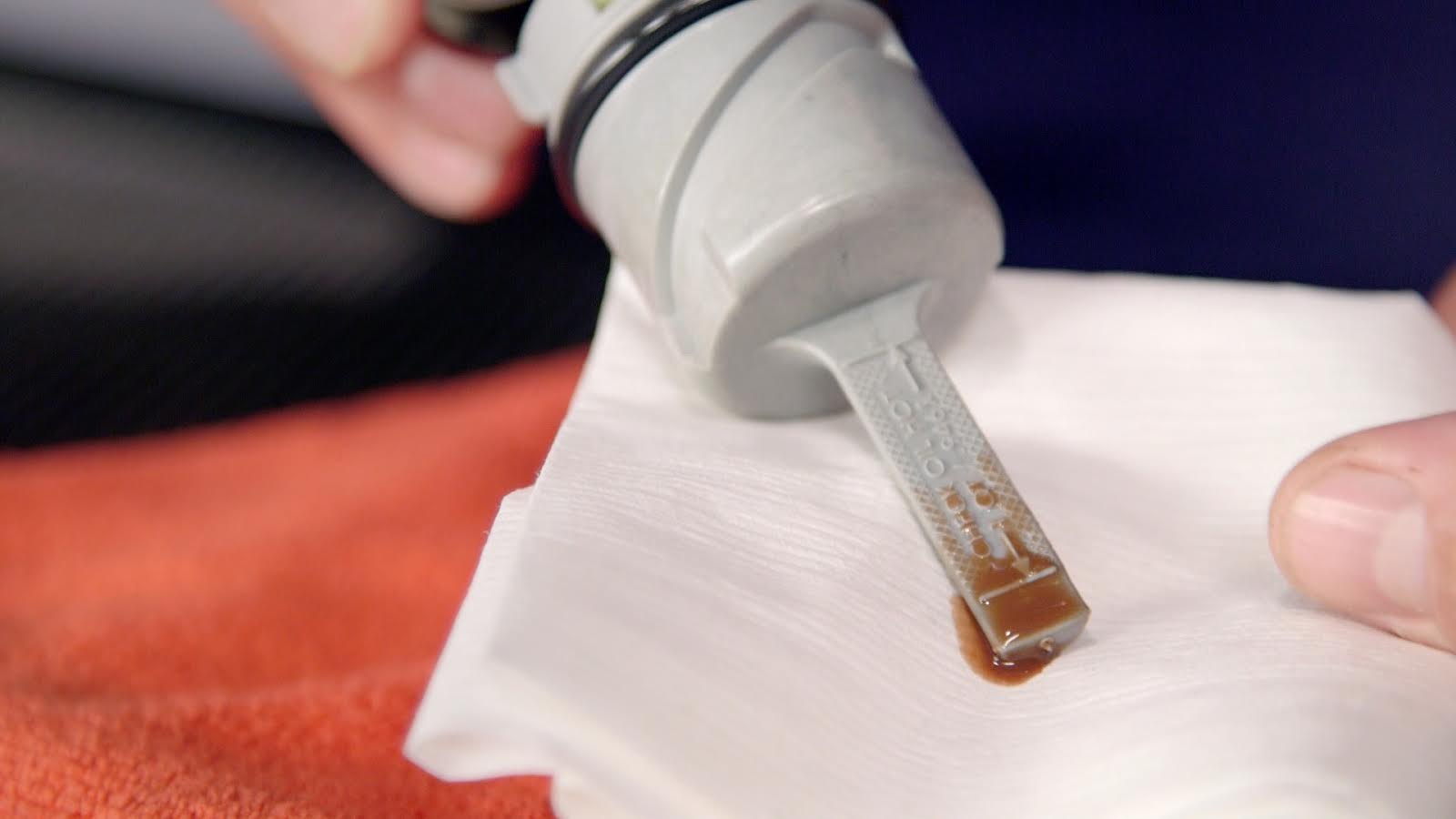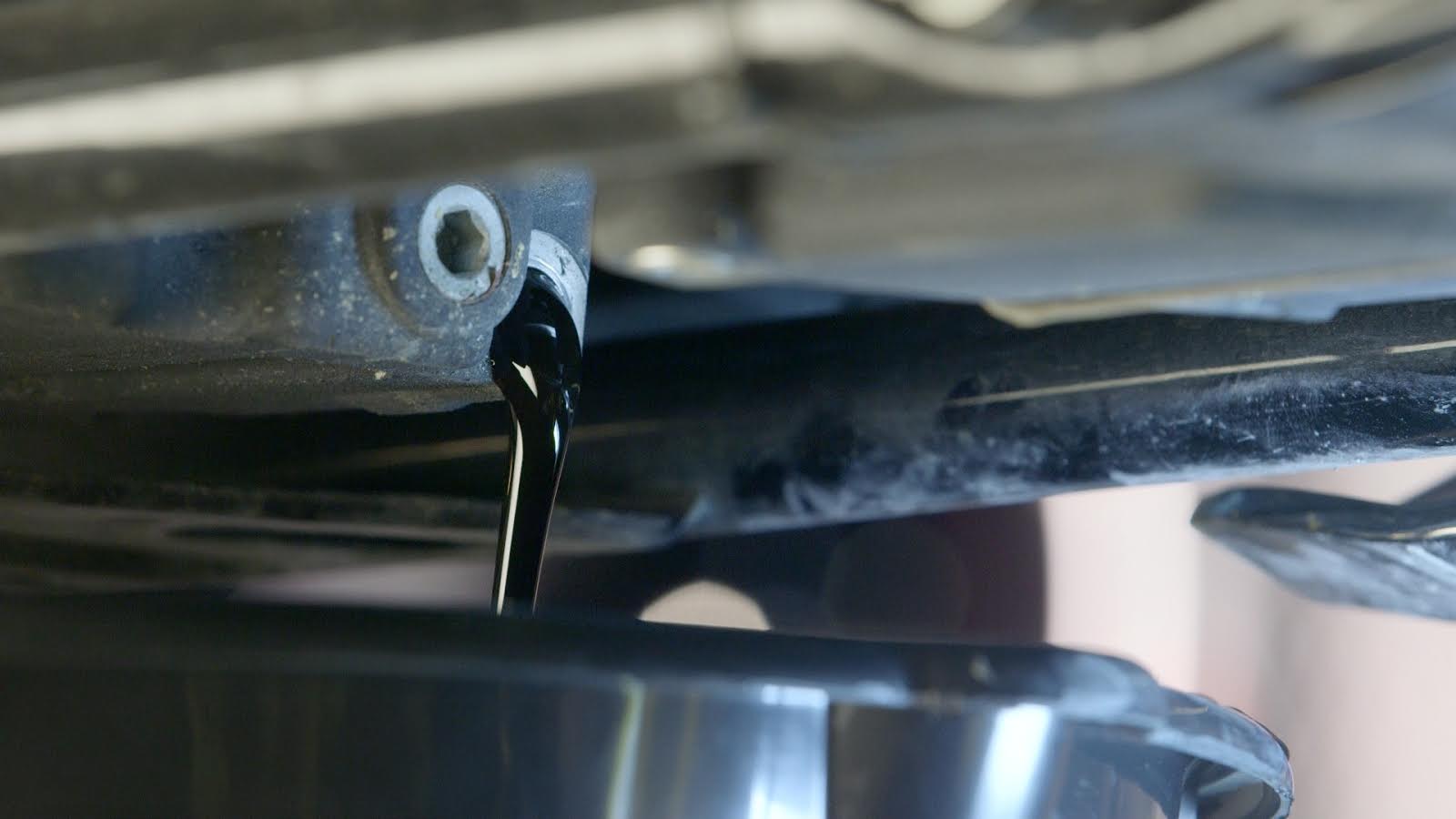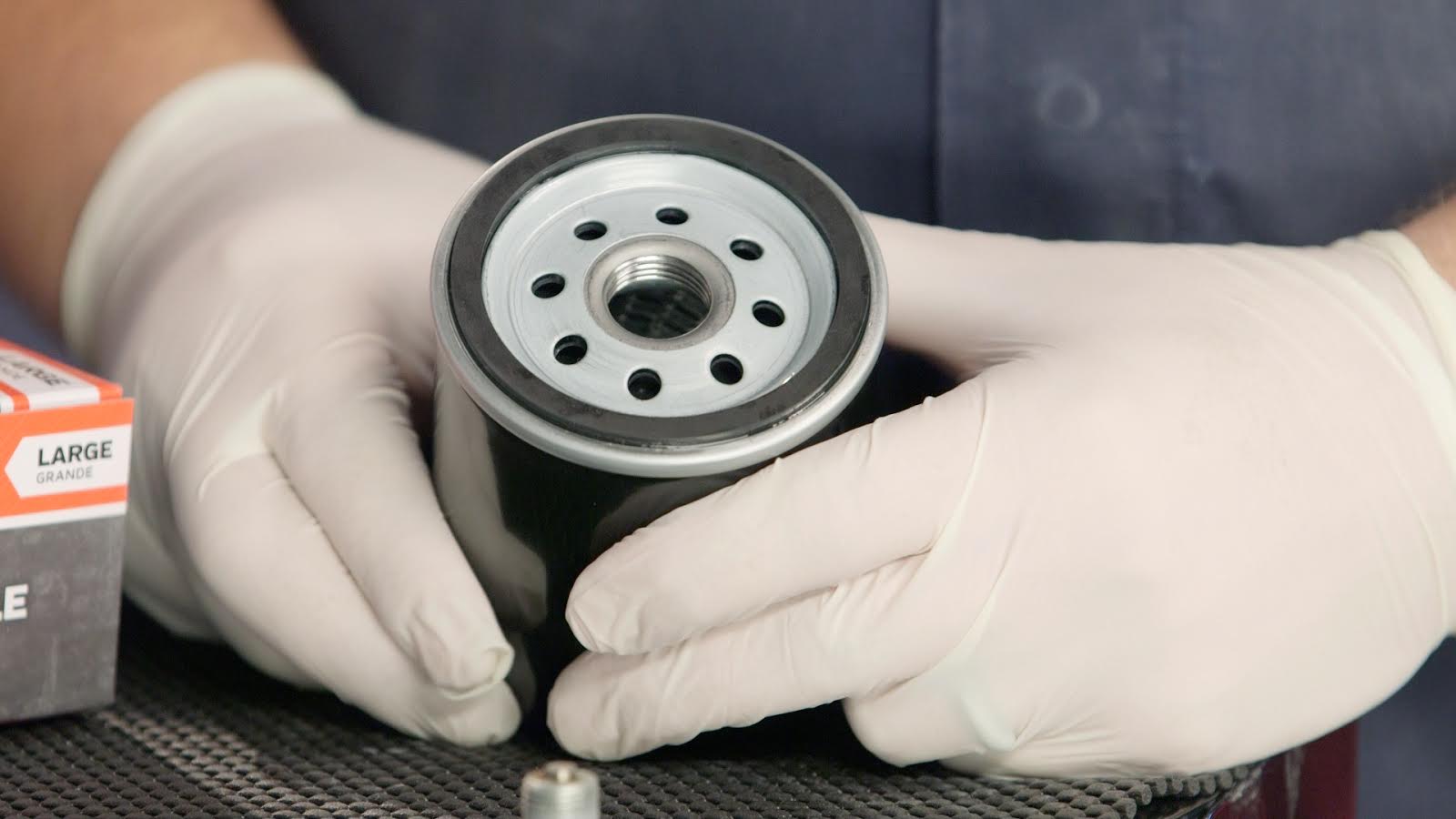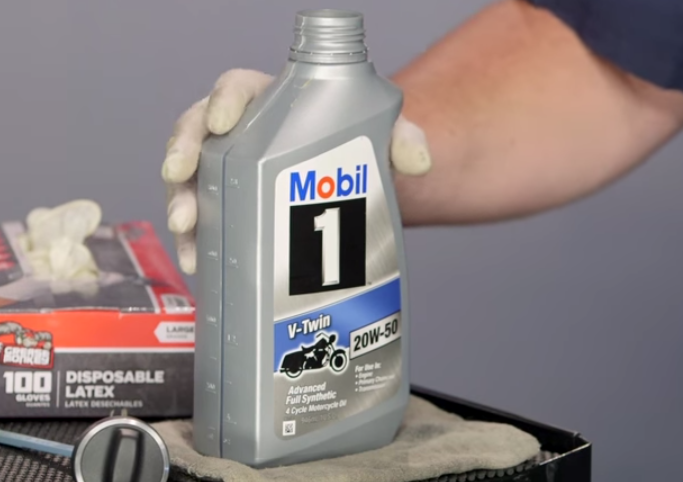For most motorcyclists, changing the engine oil in their rides is their first foray into the world of wrenching.
Oil changes are fairly simple and very necessary. Doing it yourself is a great way to save some coin, get to know your bike, and spot little problems before they become big problems. After all, who cares more about your bike, you, or some kid who just started working down at the local shop?
Even if you've never wrenched on your bike before, this article and the video below should give you the basics to start doing this simple but essential maintenance yourself.
Before you start

Once you’ve verified the oil in there is not indicating any immediately negative engine issues, the oil change begins. The process can differ wildly for different bikes, depending on whether or not you’ve got a dry or wet sump, or an internal or spin-on filter. Happily, the general theory is the same for all of them. There’s really only three steps.
Get the old oil out

Remove your drain plug. Refer to your shop manual if you’re not sure of which plug to pull. (If you don’t have a factory service manual, get one!) Pulling the wrong plug can be as innocuous as changing two fluids rather than one, or possibly even end up in case damage. (Sometimes an older steel plug that’s chemically welded itself to aluminum over the years can cause a leak or crack that requires engine disassembly to repair!)
Sit back and relax until all the dirty oil pours out. This can take a bit. It’s OK to walk away and come back later. Just make sure the ignition is immobilized, if there’s any chance your nosy neighbor might come over and decide this would be a fun time to start up the bike — or so you don’t forget and start the bike without oil in it.
While you’re waiting, one way to use your time profitably is to clean your magnetic drain plug, if you have one. This is also the appropriate time to replace the sealing O-ring or crush washer/plug gasket on the drain plug. Now that the oil has drained, reinstall the plug, and torque it to the proper specification. Don’t overdo it and don’t underdo it. Torque values are a lot like porridge!
Swap the filter

In some cases, removing the filter can be tricky, depending on how hard it is to access. There are various tools for removing oil filters. What works great on some bikes stinks on others, so if you don’t have an assortment of filter removal tools (yet), surf some forums and YouTube to see what is working (or not working!) for other folks wrenching on the same bike you are.
If you have an internal filter, remember to replace all the sealing O-rings. (These are usually included with your new filter). If you have a spin-on style, lubricate the filter gasket before you install it with a bit of clean engine oil. It will help keep the gasket from tearing and catching on the now-clean-and-dry sealing surface of the case. If your external filter’s opening faces up, you can pre-fill the filter with fresh oil to shorten the amount of time the engine runs with no oil.
Fill 'er up

Go ride!
Why are you still reading this?!

 Membership
Membership












